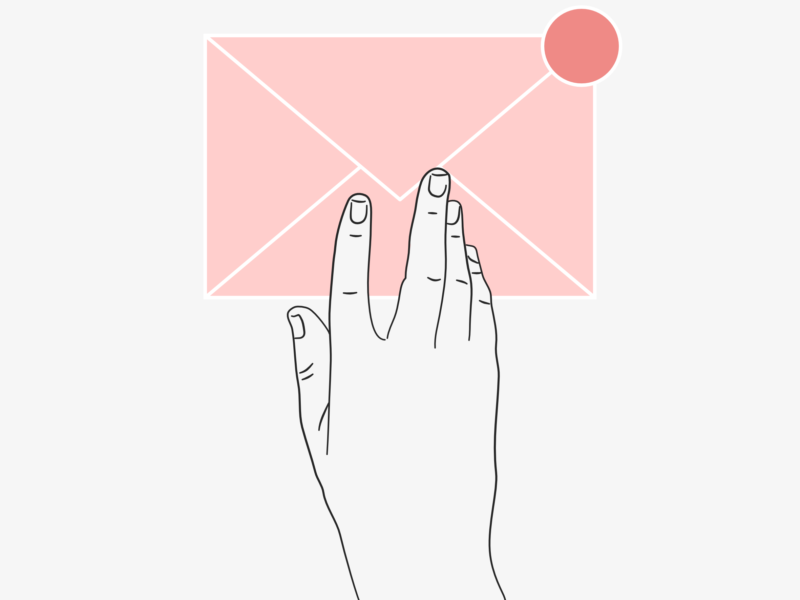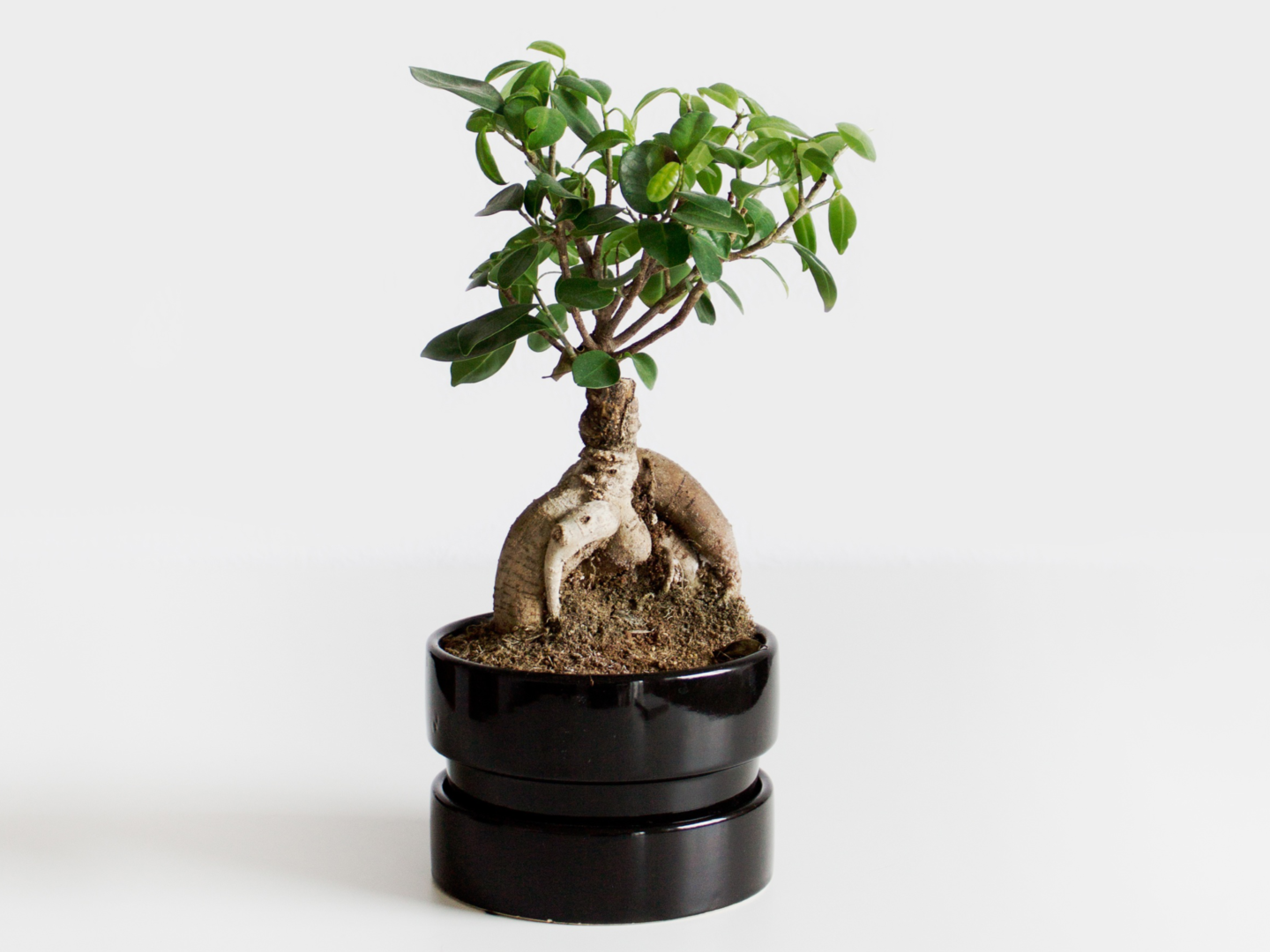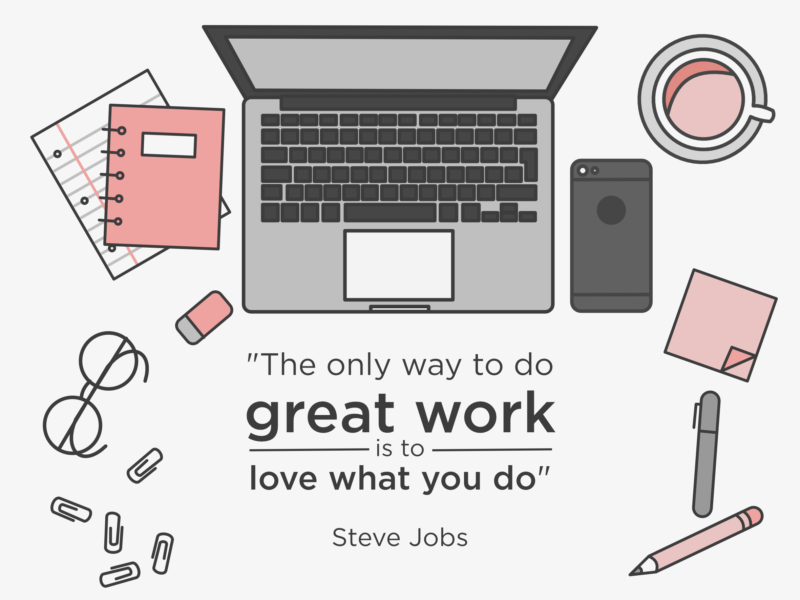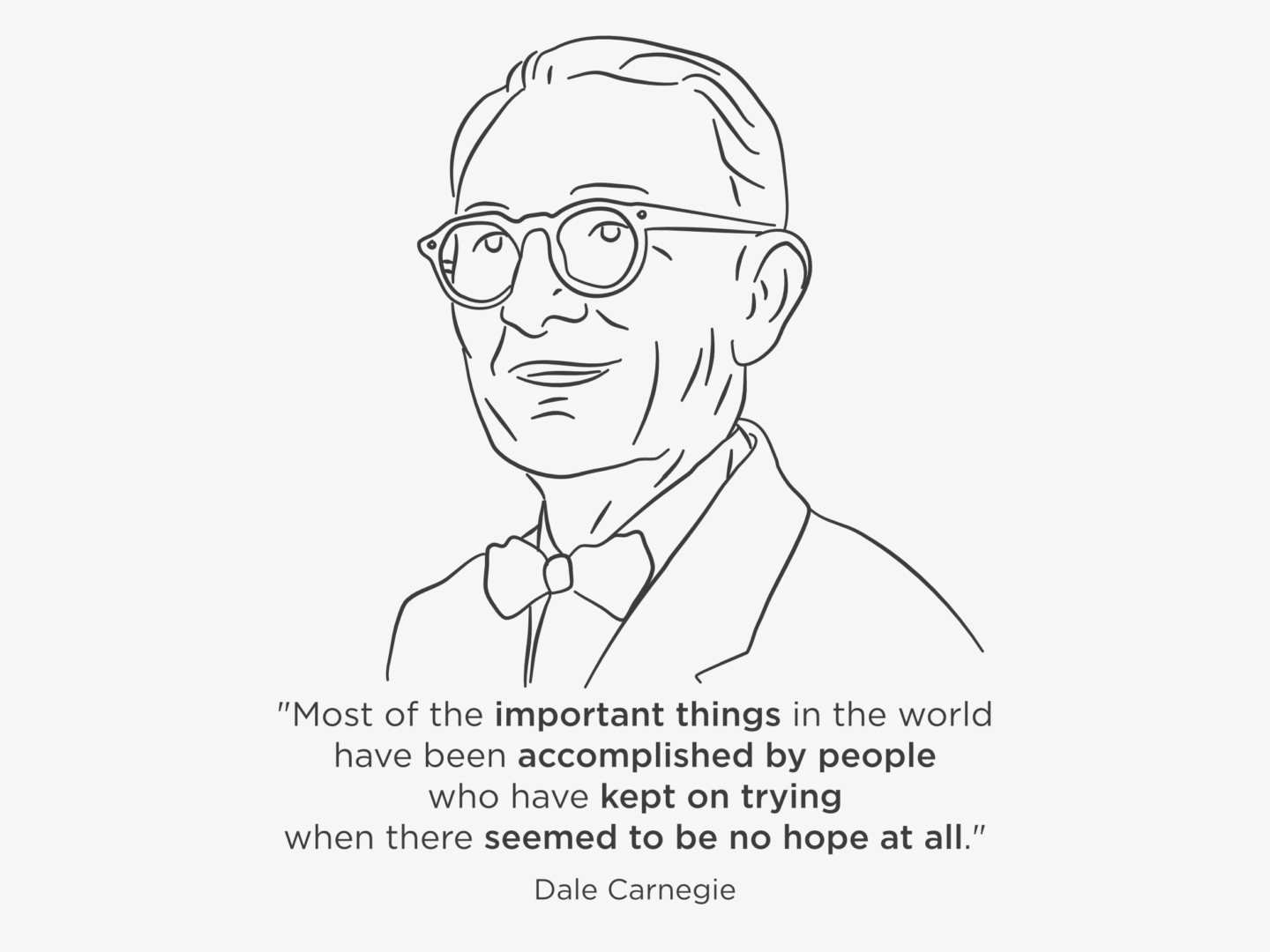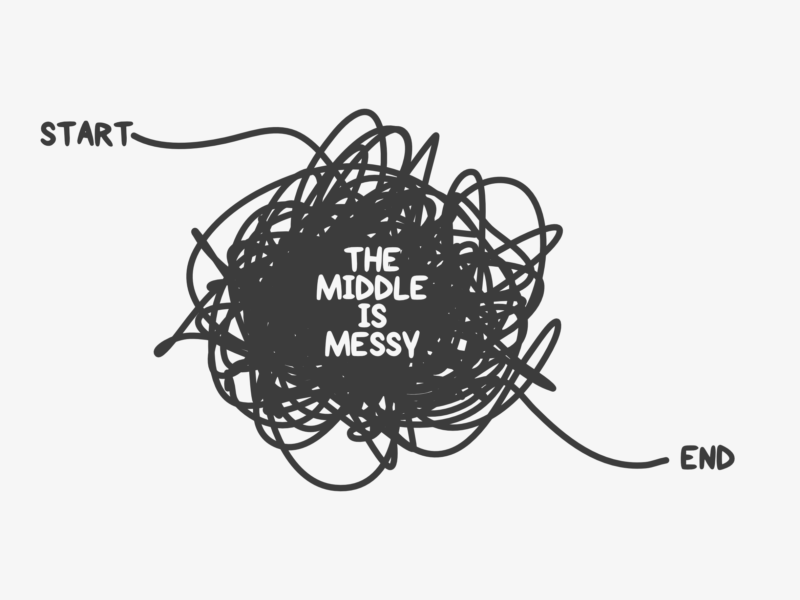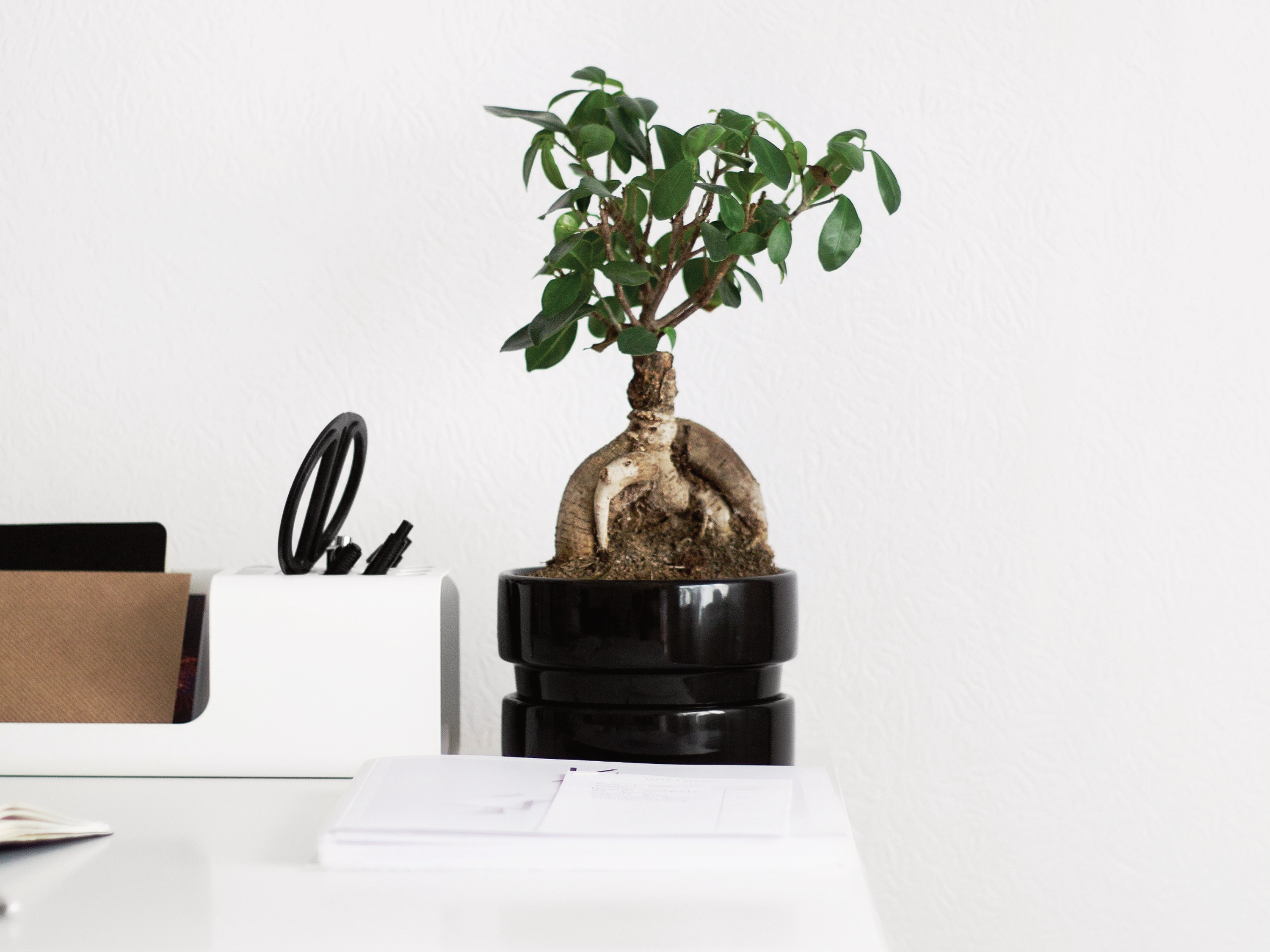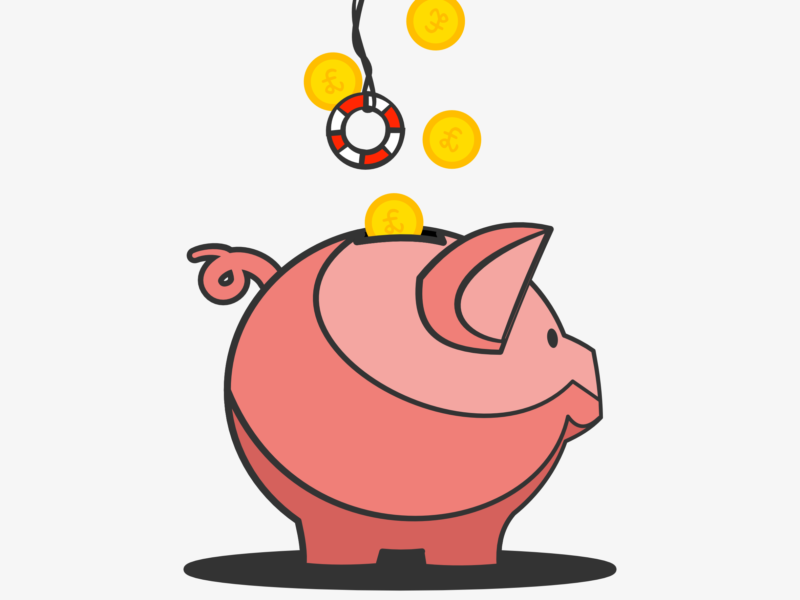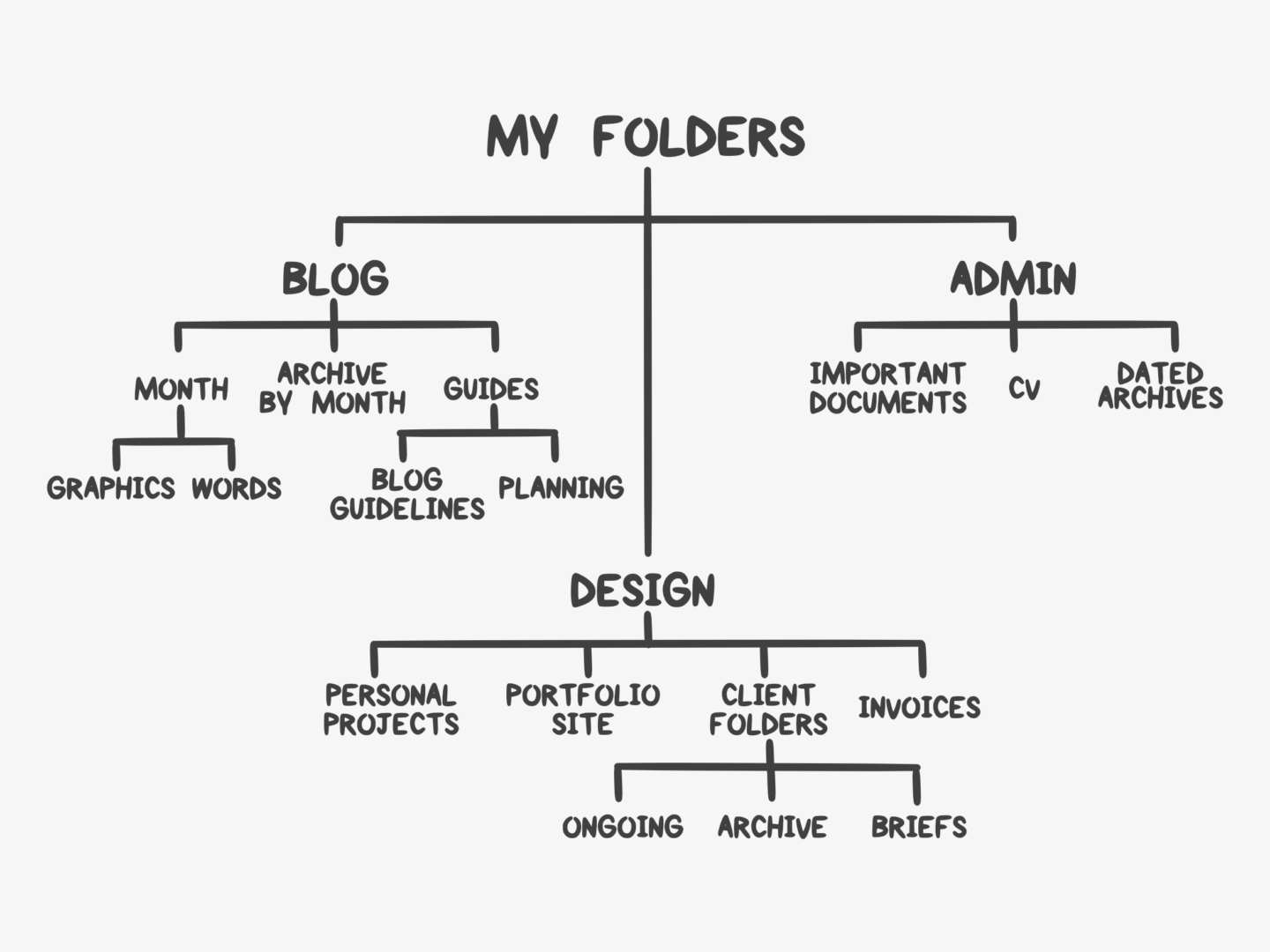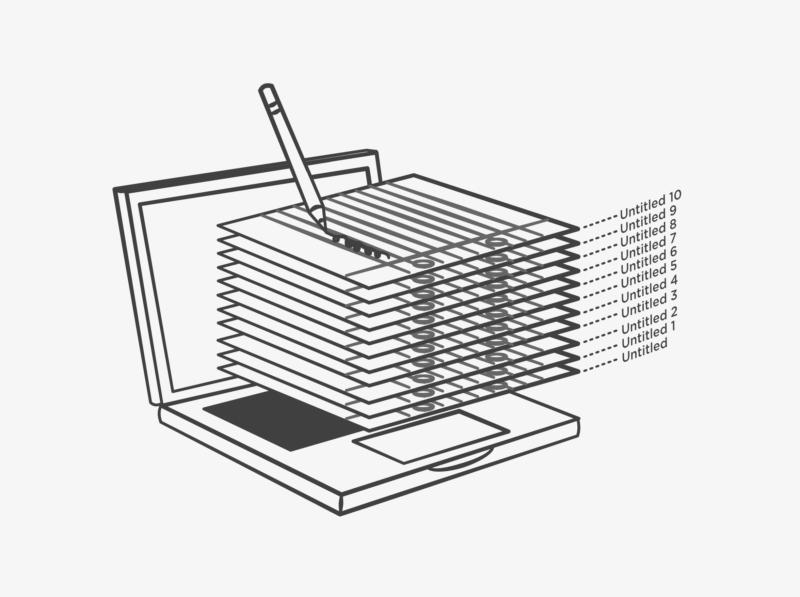They say you should never meet your heroes, but they don’t say anything about emailing them.
In the past, I’ve been hesitant about reaching out, because I thought it was pointless – no one would want to hear from me. But over the past few months I’ve been reaching out more and more and I’ve received so many positive responses.
So, I’m here to say if there’s someone you want to work with or get advice from, just reach out. What’s the worst that can happen?
I’ve reached out to bloggers, designers, colleagues, and companies. While I haven’t gotten to work with all of the 90% of the responses have been positive, and, I’m not sure if it’s some sort of karma, I’ve had more people reaching out to me in return. I think that goes to show that people are just people at the end of the day, and if you’re sending good vibes to good people you’re going to get lovely responses.
What changed my approach? First, I realised there were so many things I wanted to do that I couldn’t do on my own. Second, I remembered how easy it was to reach out when I was working at the student paper or when I was in my PR placement. Third, I realised I hadn’t actually ever had the bad response that I was imagining. As ever, so much of what I was anxious about was all in my head.
If like me, there are things you want to do but you need some help or advice I would really recommend just sending that email, or that DM (or letter, I have sent physical post before). People have contact information on their sites for a reason, and I can tell you from first-hand experience that receiving an unexpected email can make someone’s day or offer just a bit of a refreshing change from the same old work stuff.
Here are a few of my top tips for reaching out. They’re pretty simple and obvious but they’re definitely worth thinking about before you fire up Gmail.

BE FRIENDLY
It never hurts to be nice. You’re reaching out to someone, probably because you like what they do, so show it. You don’t need to gush but it does pay to be positive. People are more likely to engage with people who are already engaged with what they’re doing, it shows you have similar values, tastes and interests. Also, no one wants to receive a really glum or mean email.
PUT SOME EFFORT IN
If you’re going to contact someone out of the blue, please please please don’t just ask them something you could have googled yourself. It’s lazy, and rude, and more likely than not you’re not going to get a response. If you want to work with them make sure you’ve put some thought into your proposal and that it makes sense you’re asking them to do this specific thing. Do your research, and know your stuff. If you just wanna be friends, don’t be a stalker but be a little bit more specific than hey I like your blog let’s hang out, build a conversation like you would in person.
GIVE EXAMPLES
If you’re looking to work with someone I’d suggest giving a few examples of your work, because when you’re the one reaching out the other person probably doesn’t know what you do. When I do this it’s usually in the form of a few links to appropriate posts or similar pieces of work I’ve done in the past. Where it’s a new venture for me, I will sometimes put together a couple of bespoke examples to help bring my pitch to life. For example, when I emailed Lizzie Hadfield, I made a few rough test images to give her an idea of the kind of thing I’m talking about. These examples change completely depending who I’m contacting and in what capacity.
WRITE SOMETHING YOU WOULD WANT TO READ
The best advice I can give is to write an email you’d like to receive. That probably means something that’s more than just one line but isn’t a 5,000 word essay. It also means something in a friendly tone that’s pretty engaging. You don’t have to spend weeks drafting and redrafting it either. It’s just an email or a DM. No one, unless you’re applying to be a copy editor, is going to be offended or think less of you because of that one stupid typo – I promise.
DON’T BE PUT OFF
I know I said at the top of this that I usually get great responses from reaching out, but don’t be disheartened if you don’t straight away, or every time. People are busy. People are sometimes rubbish at answering their emails. People might not always want to work with you. It’s okay. It happens. It doesn’t reflect badly on you. You haven’t lost anything. Putting yourself out there can be scary, and being rejected/ignored isn’t fun but it’s okay. Don’t lose heart, learn from it and keep putting yourself out there.
So, expect to see more collaborations on this blog and if there’s ever anything you want to ask me or work together on please do get in touch!


